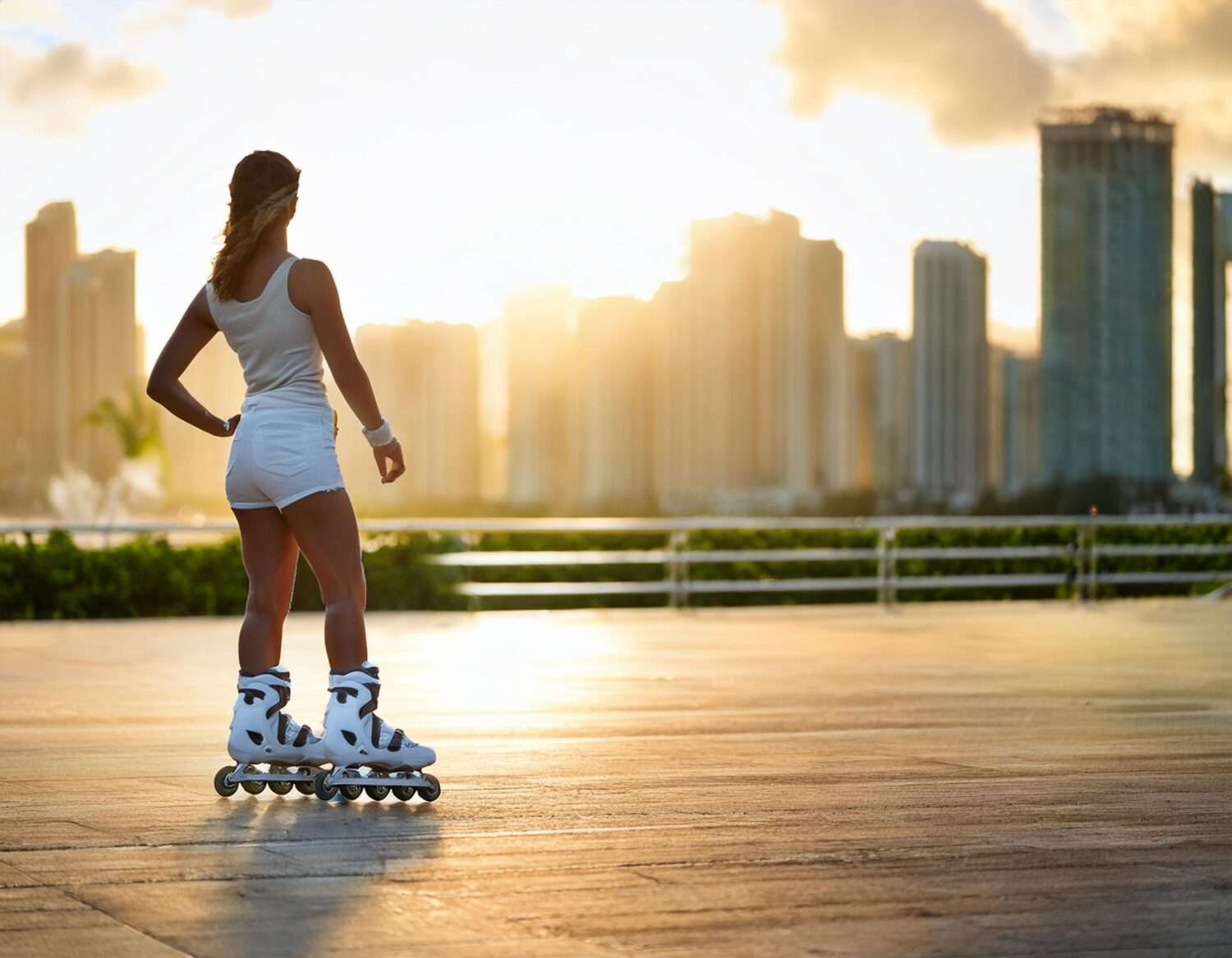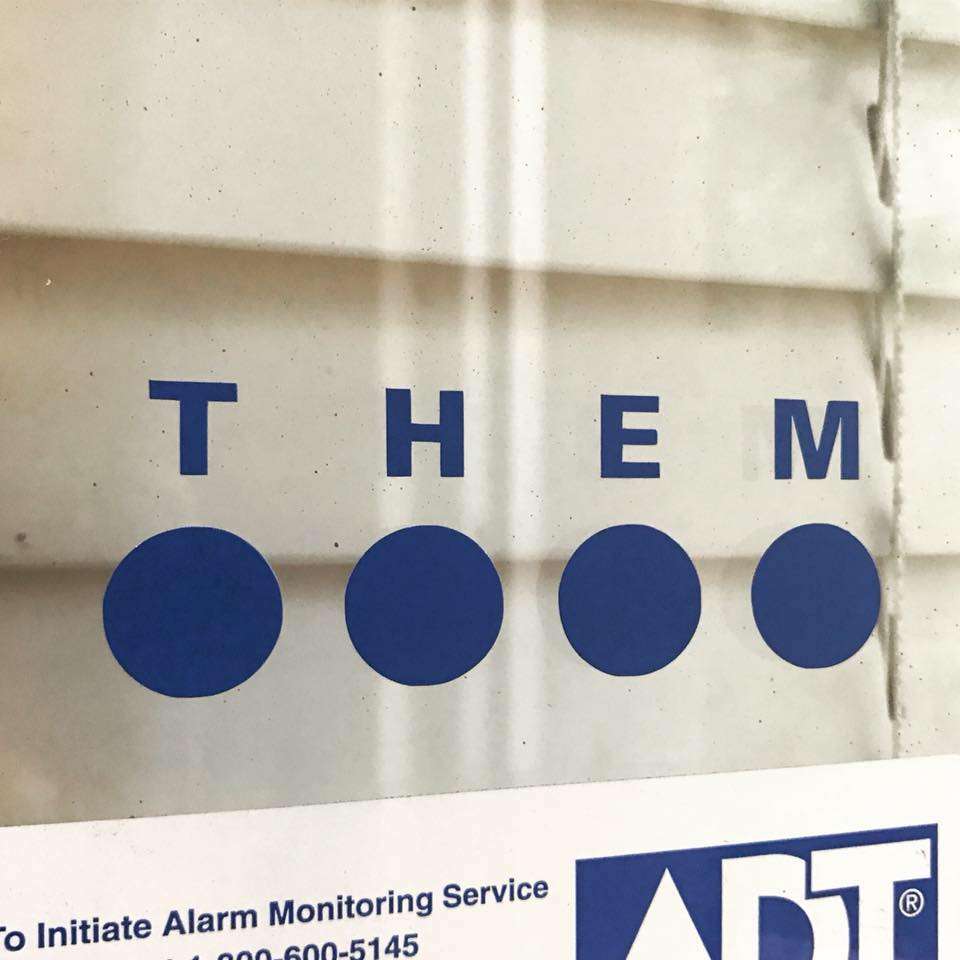
Inline skating is an exhilarating activity that provides a great way to stay fit and have fun. However, it’s essential to prioritize safety while enjoying this thrilling sport. By following these inline skating safety tricks, you can minimize the risk of accidents and ensure a safe and enjoyable experience on wheels.
Wear Proper Protective Gear
Your safety starts with wearing the proper protective gear. Here are the essential items you should have:
Helmet

A properly fitting helmet is a must-have for inline skating. Choose a helmet designed specifically for skating with a sturdy outer shell and sufficient padding. Make sure it sits snugly on your head and covers your forehead.
Knee and Elbow Pads
Knee and elbow pads provide crucial protection for your joints. Look for places that are durable, comfortable, and provide adequate coverage. Properly fitting pads will absorb impact and reduce the risk of injuries.
Wrist Guards
Wrist guards are essential to protect your wrists from fractures and sprains. Opt for guards with sturdy wrist support and adjustable straps for a secure fit. Remember to wear them properly and tighten the belts snugly.
Choose the Right Location
Selecting a suitable skating location dramatically influences your safety. Consider the following factors:
Smooth Surfaces
Look for smooth, paved surfaces like dedicated skate parks, bike paths, or parking lots. Avoid uneven terrain, rough roads, or areas with loose gravel that can increase the risk of falls.
Minimal Traffic
Choose locations with minimal vehicle traffic to reduce the chances of accidents. Empty or low-traffic areas allow you to skate more freely and comfortably.
Well-lit Areas

If you’re skating in the evening or at night, ensure the area is well-lit. Proper lighting improves visibility and helps you spot potential obstacles on your path.
Master Basic Techniques
Learning and practicing proper skating techniques will enhance your control and stability. Start with the basics:
Balance and Posture
Maintain a stable and balanced posture while skating. Keep your knees slightly bent, back straight, and arms relaxed. A good posture ensures better control over your movements.
Braking Techniques

Master different braking techniques such as the heel brake or the “T-stop.” Practice them in a controlled environment to gain confidence and control your speed effectively.
Stay Aware of Your Surroundings
Maintaining situational awareness is vital for avoiding potential hazards. Follow these guidelines:
Observe Traffic Rules
Respect traffic rules and skate in the same direction as cyclists and pedestrians. Use hand signals to indicate your turns, and be mindful of others sharing the same space.
Look Out for Hazards
Stay alert and watch for obstacles like potholes, cracks, or debris on the path. Be cautious near driveways, intersections, and other areas where unexpected traffic may emerge.
Stay Visible
Wear bright, reflective clothing or accessories to increase visibility, especially when skating in low-light conditions. Make yourself easily noticeable to drivers and other pedestrians.







Add a comment